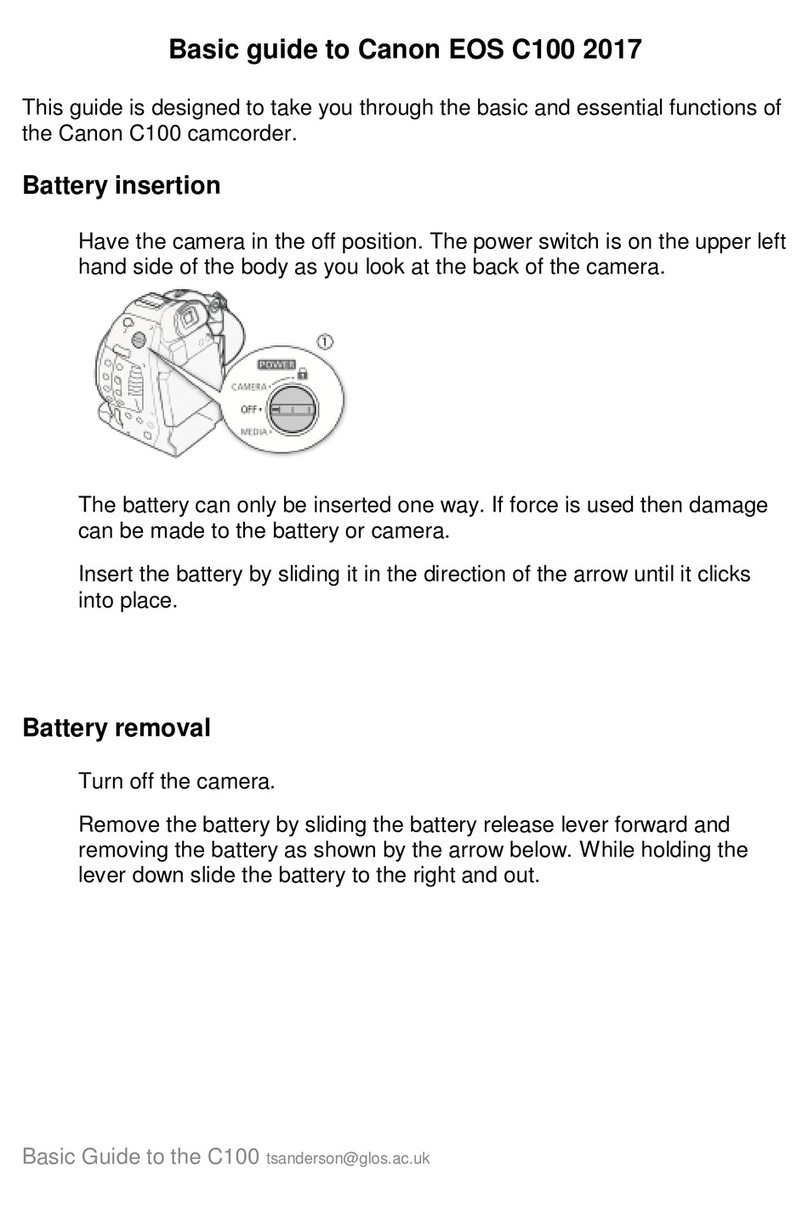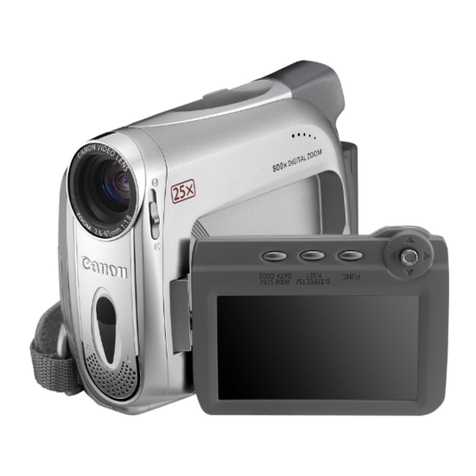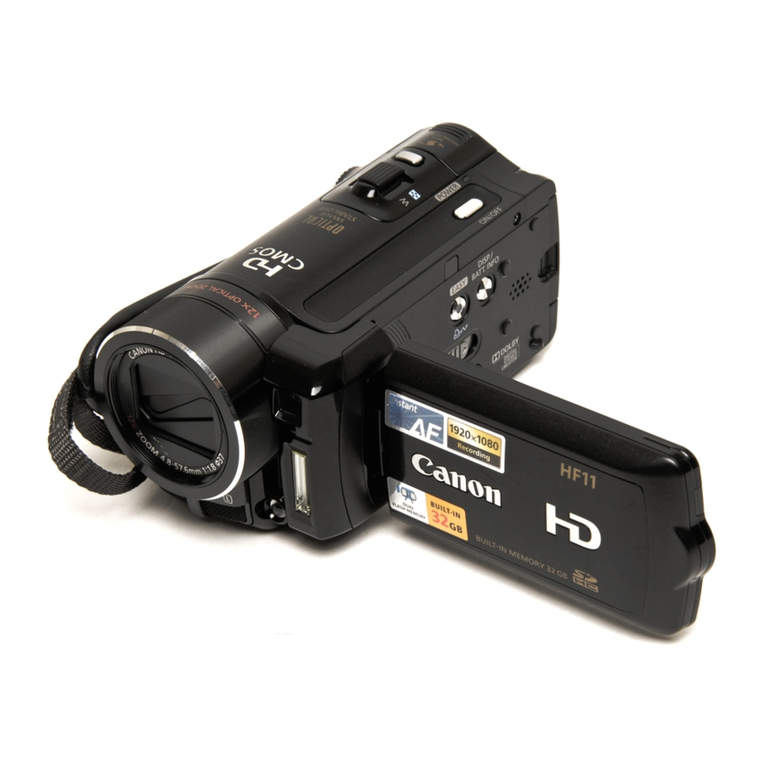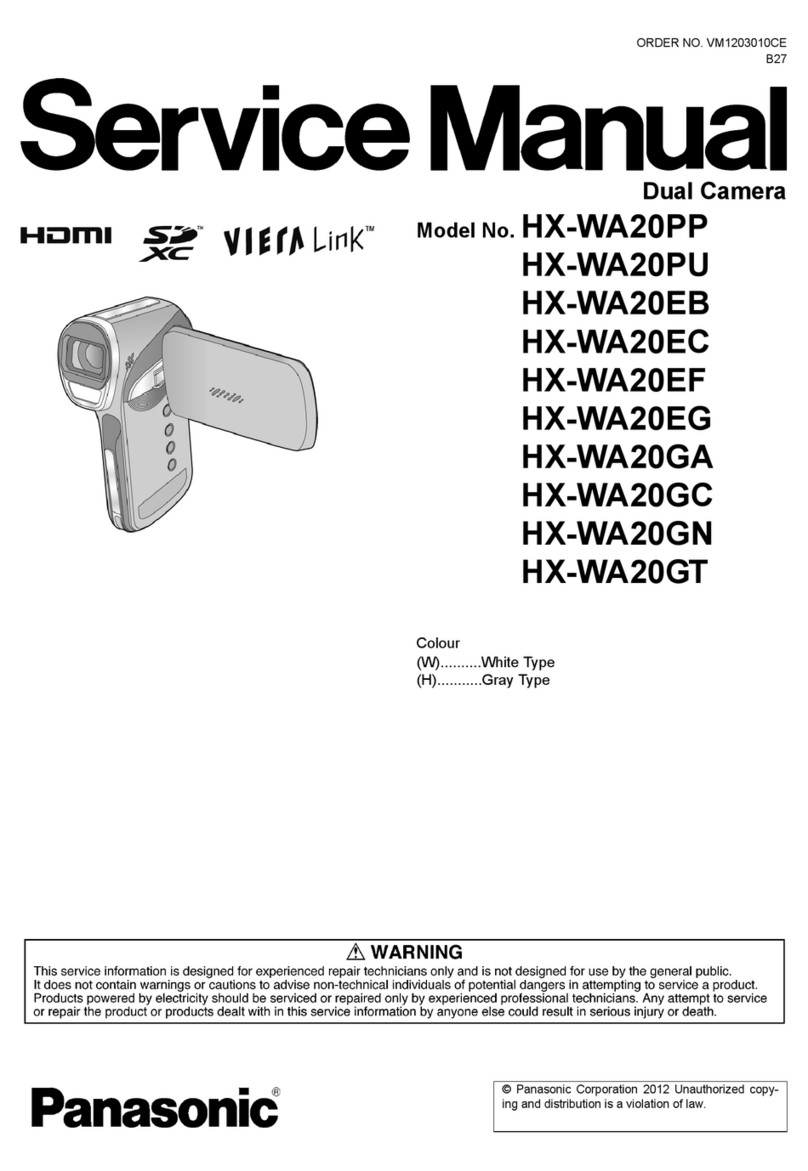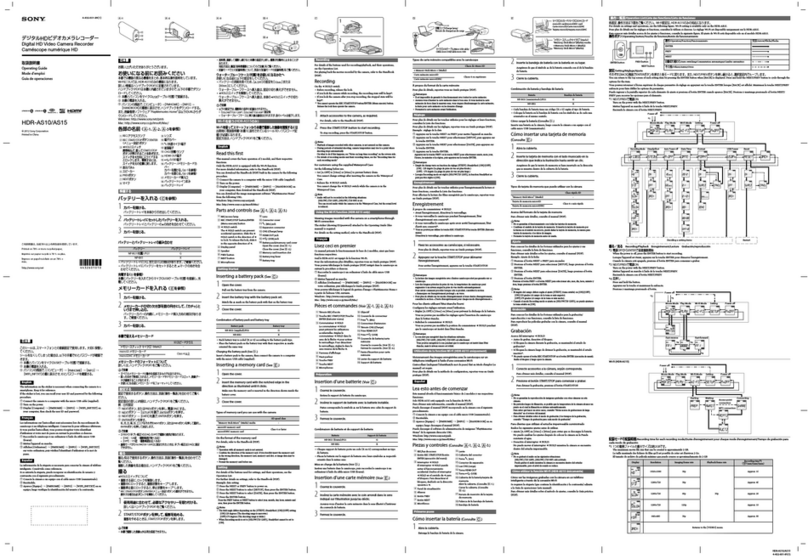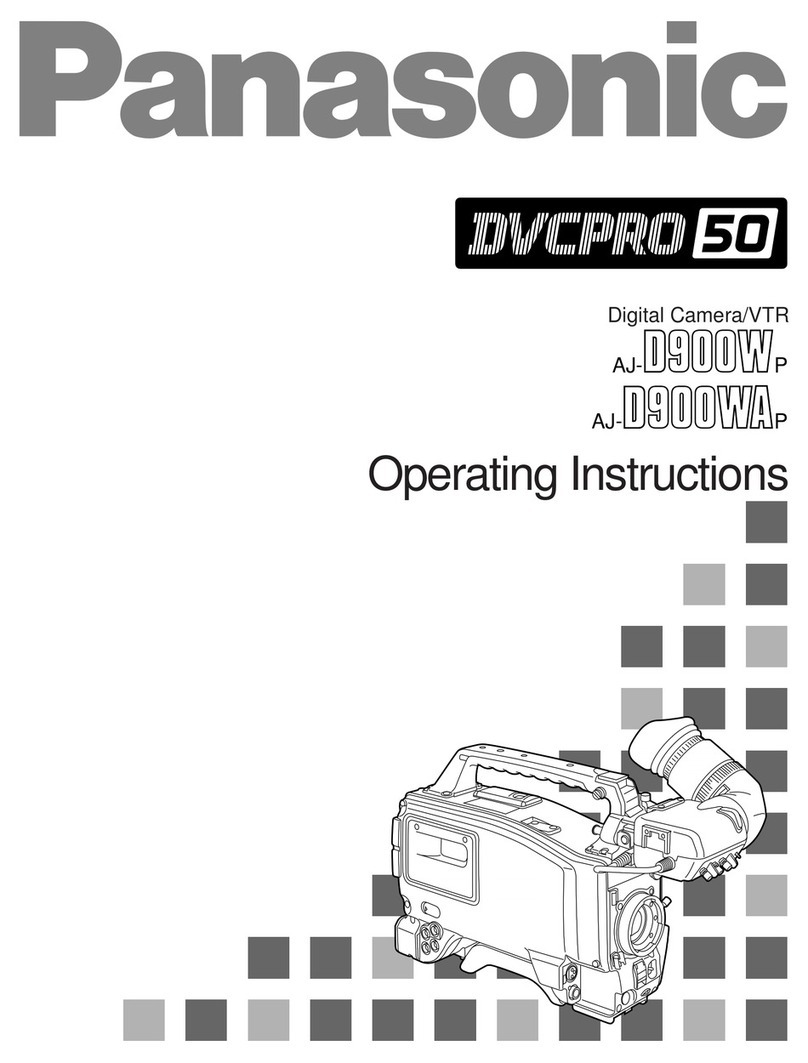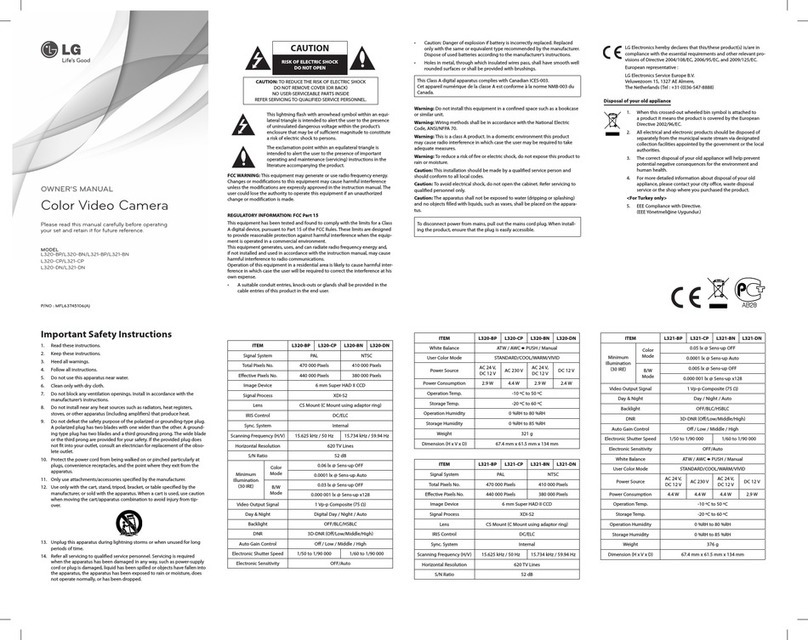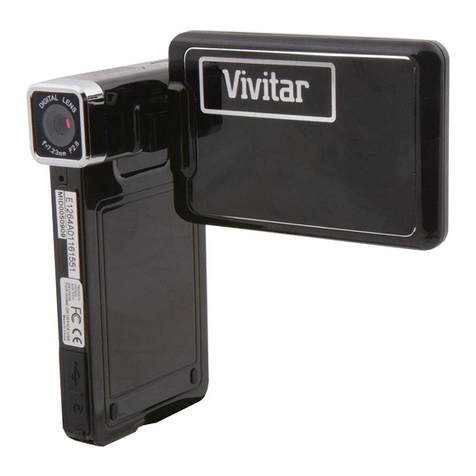Canon UC 7000 User manual
Other Canon Camcorder manuals
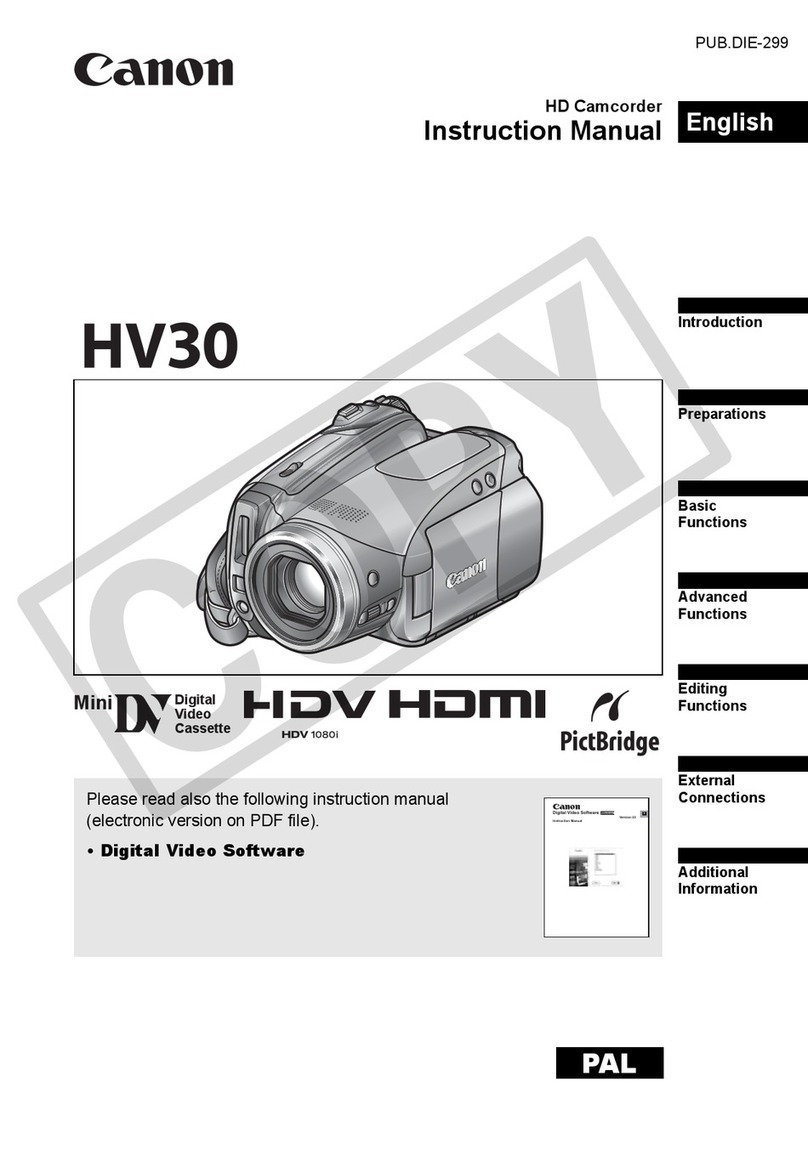
Canon
Canon HV30E User manual
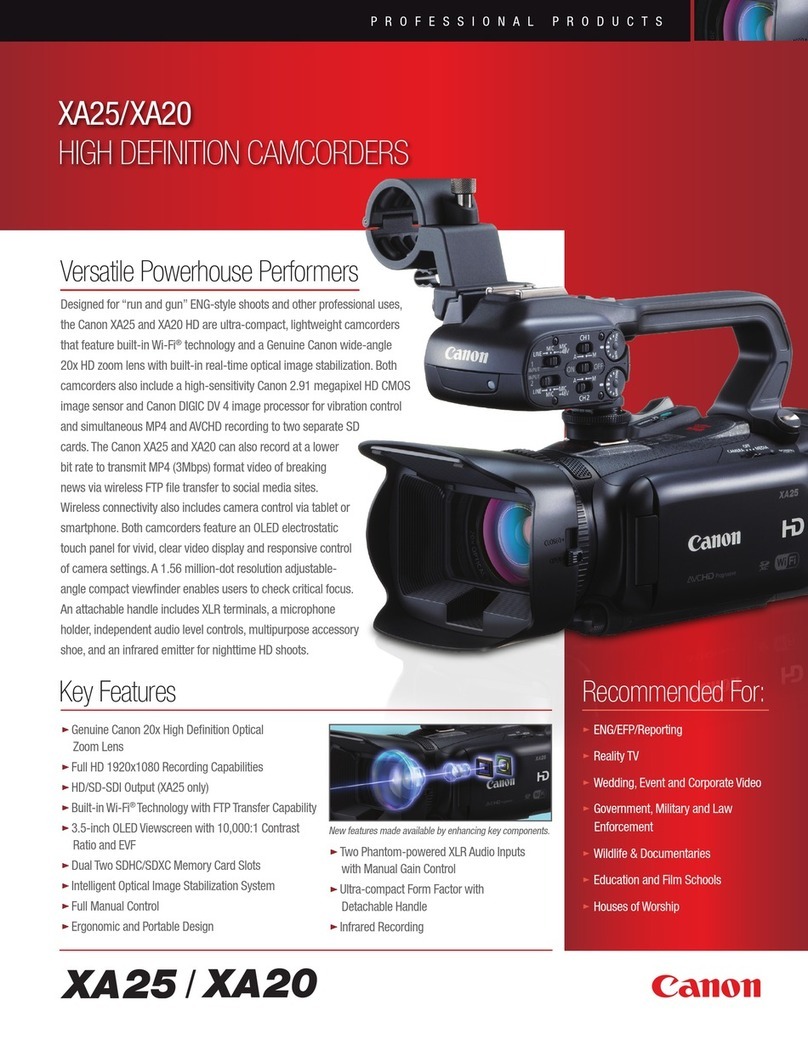
Canon
Canon XA25 User manual
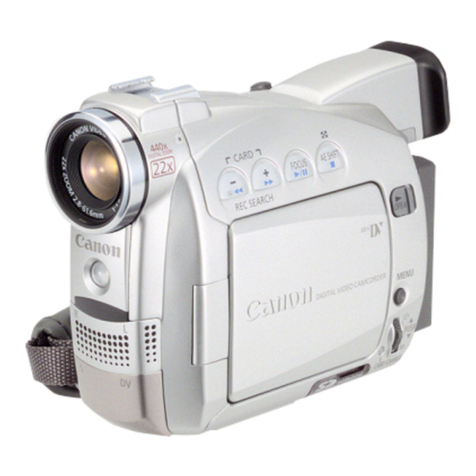
Canon
Canon ZR70 MC A User manual

Canon
Canon Optura User manual
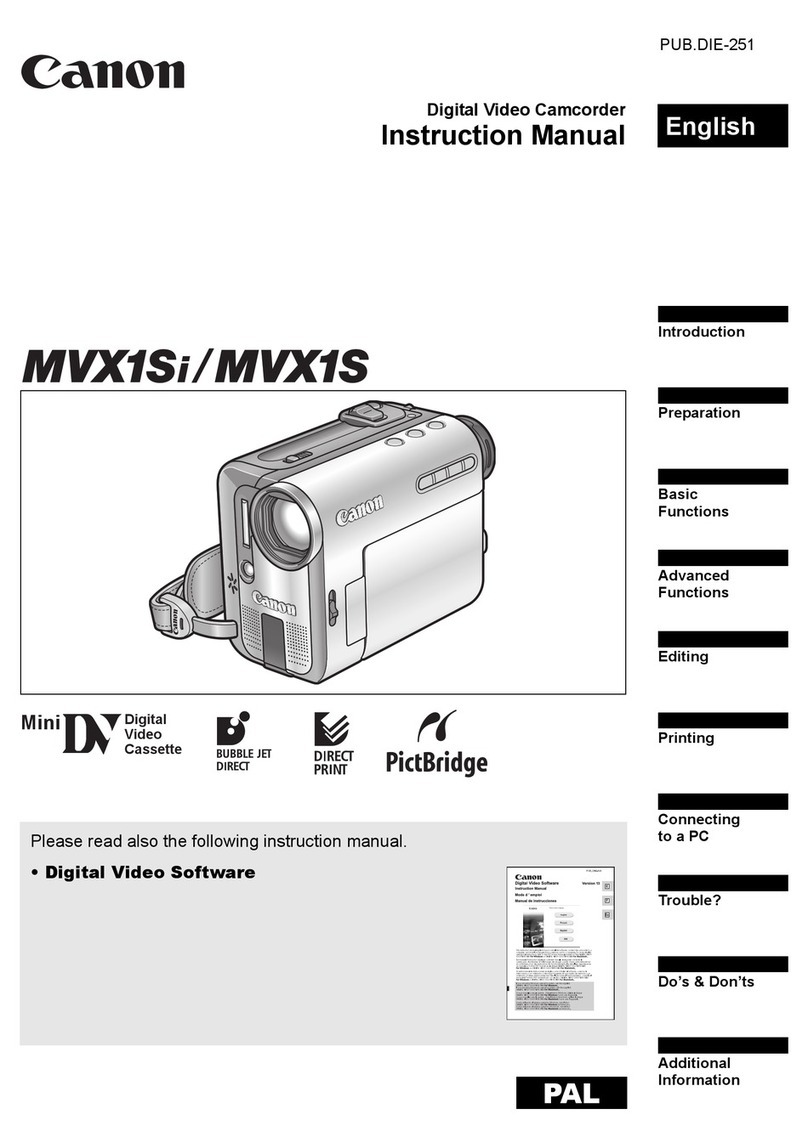
Canon
Canon MVX1S User manual
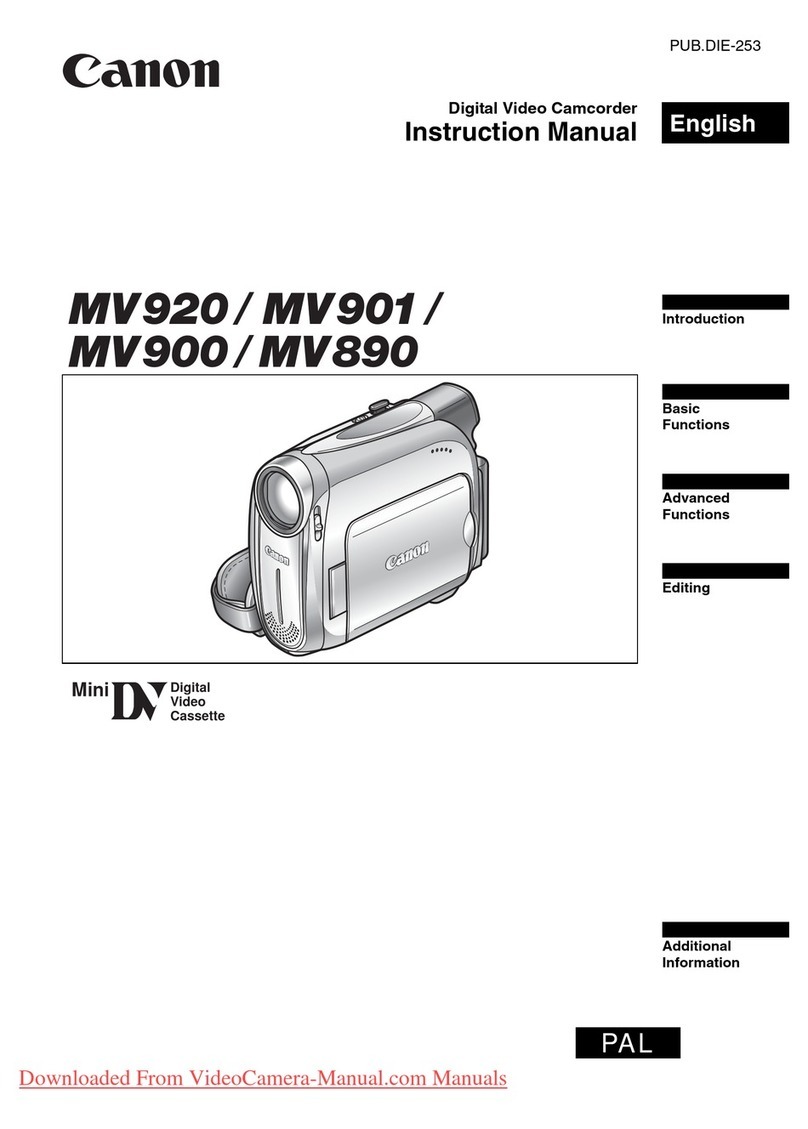
Canon
Canon MV920 User manual
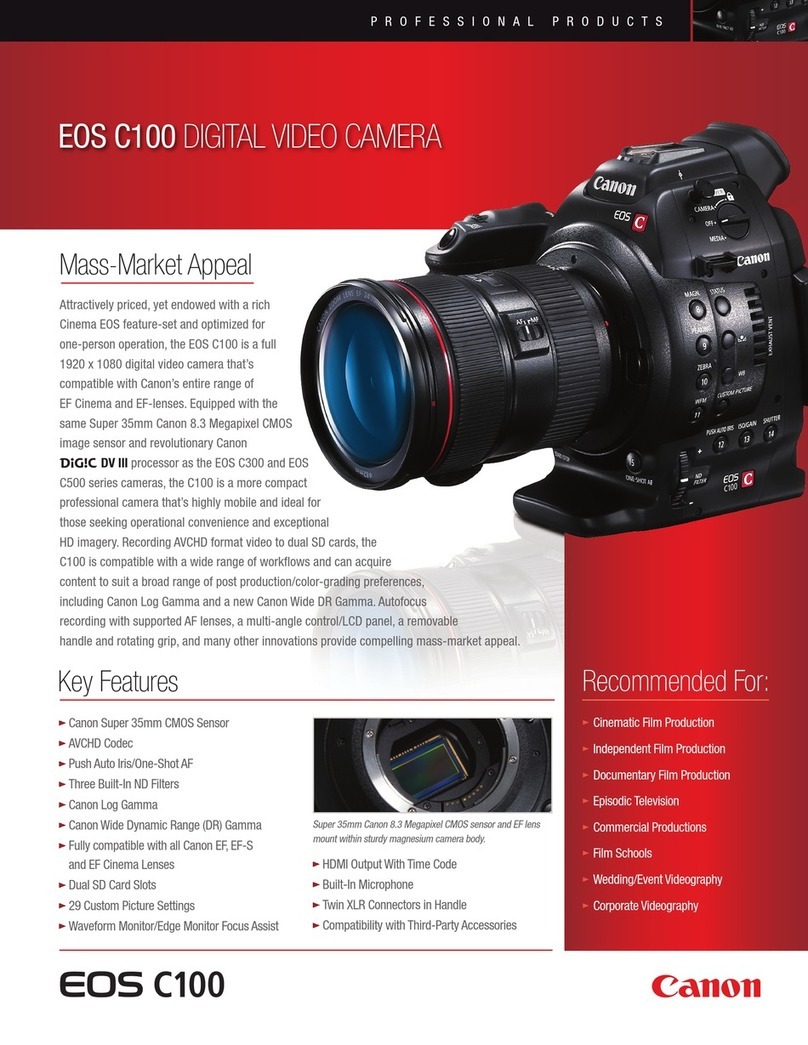
Canon
Canon EOS C100 User manual
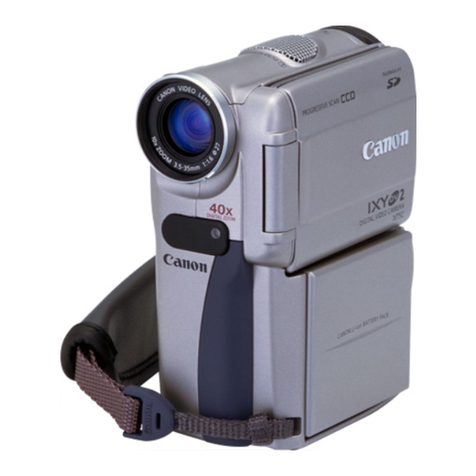
Canon
Canon MV MV4 User manual

Canon
Canon LEGRIA FS307 User manual

Canon
Canon DC100 - WL Remote Control User manual
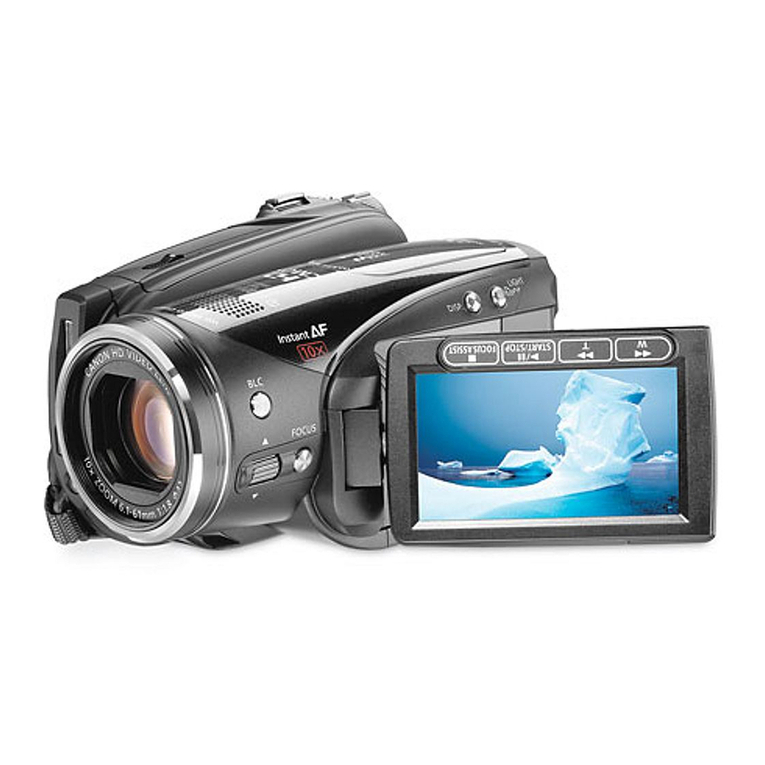
Canon
Canon Vixia HV30 User manual

Canon
Canon XL 1 User manual
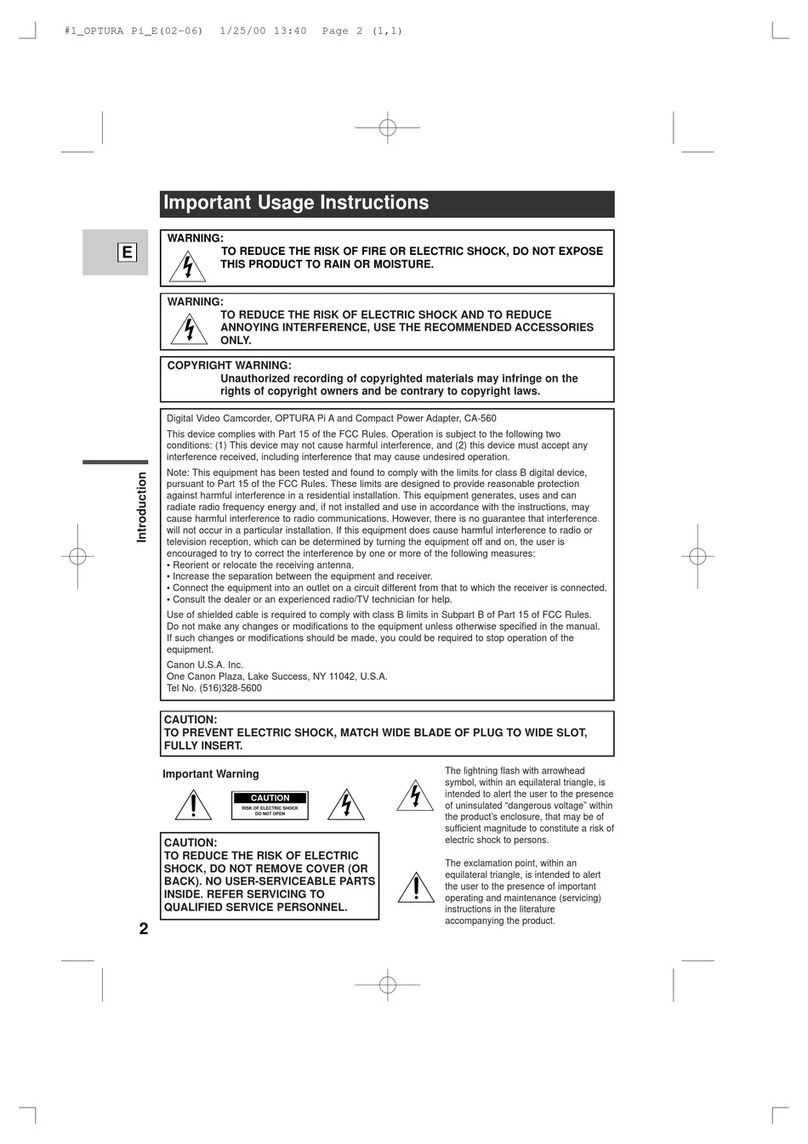
Canon
Canon Optura Pi User manual

Canon
Canon UC X 30 Hi User manual
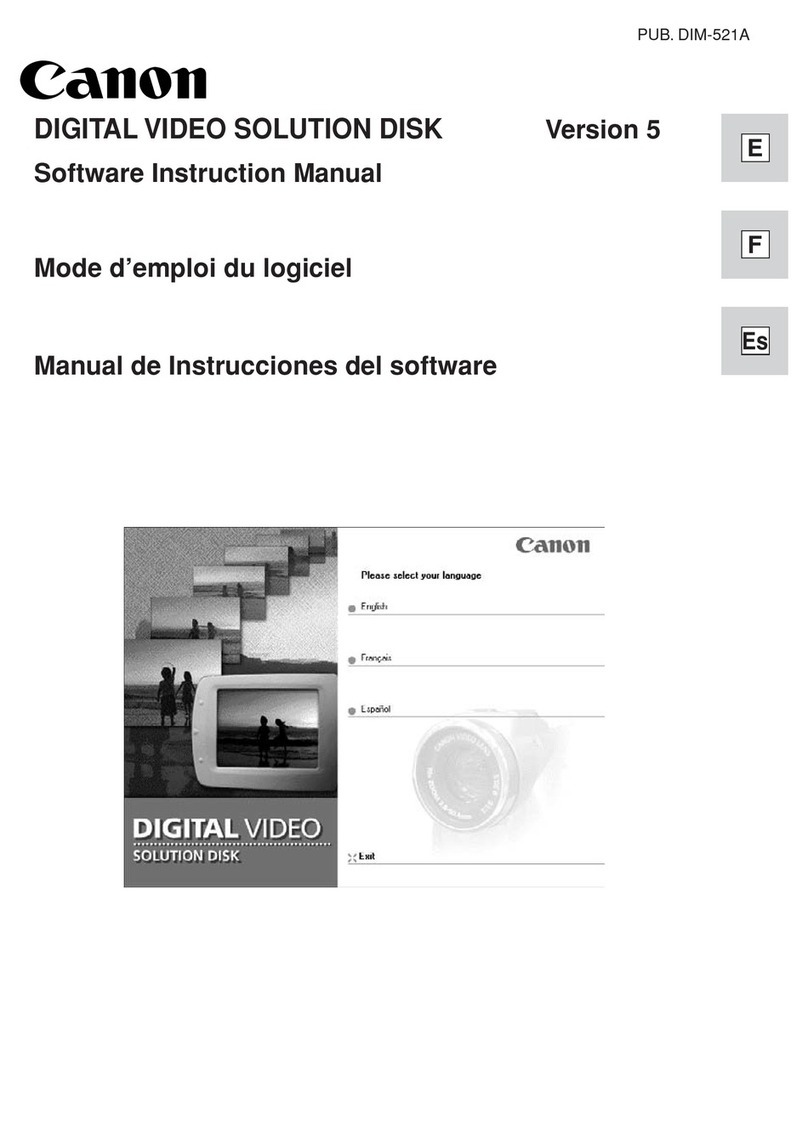
Canon
Canon DIM-521A User manual

Canon
Canon G 45 Hi User manual
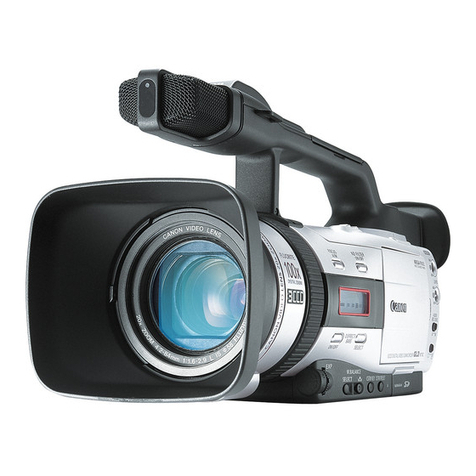
Canon
Canon GL-2 User manual

Canon
Canon VIXIA HF R80 User manual

Canon
Canon Elura Elura User manual
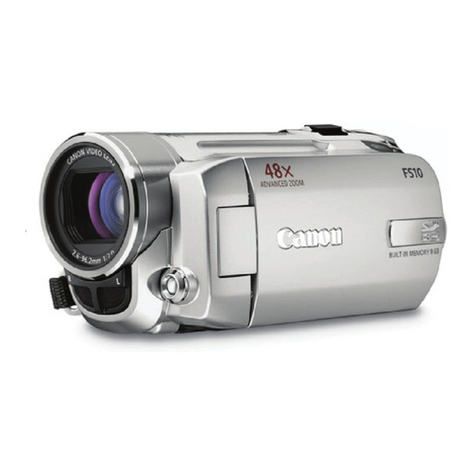
Canon
Canon FS10 User manual
